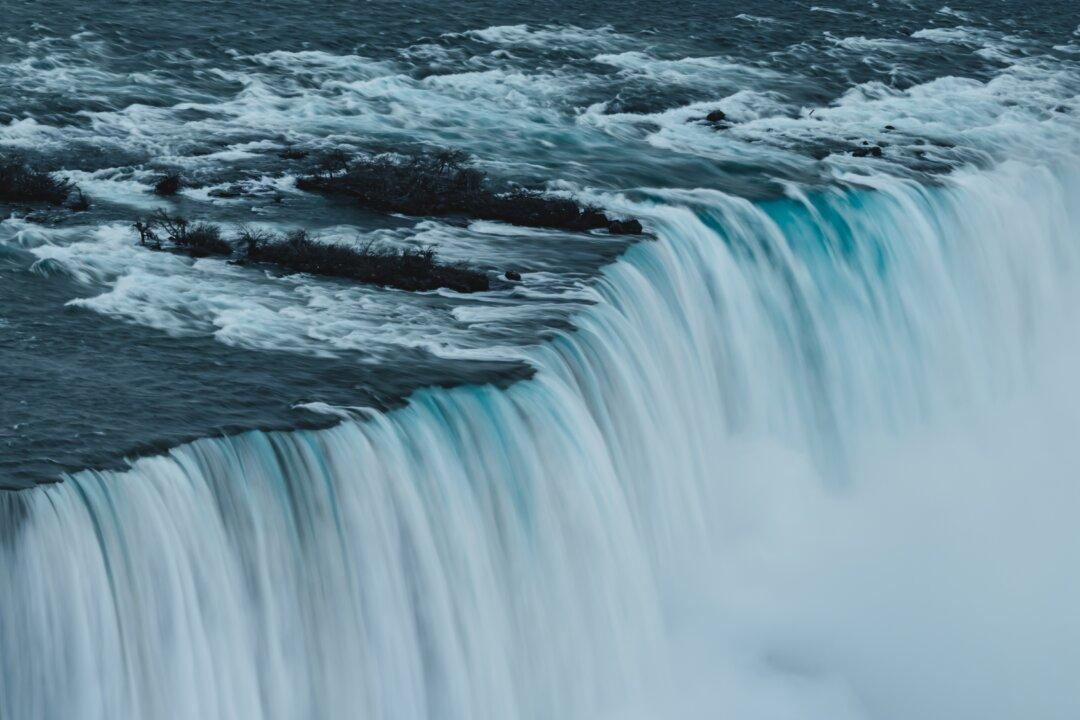Astronomers researched a planetary system only 35 light-years away that contains rocky exoplanets, and they found that it may have a planet in the habitable zone, the area around a star where conditions are suitable for liquid water to exist.
Using the European Southern Observatory’s Very Large Telescope in Chile, a team of astronomers studied the planets around the nearby star L 98-59, which has planets resembling those in the inner solar system.




